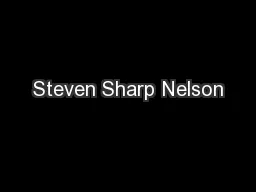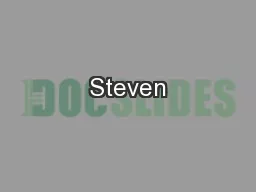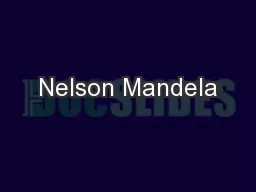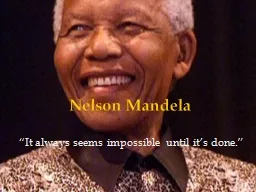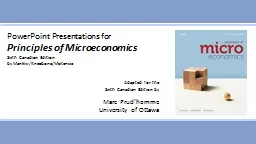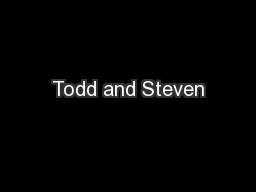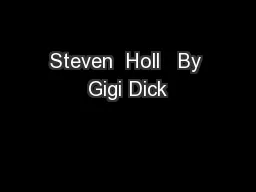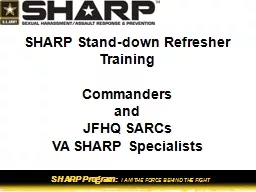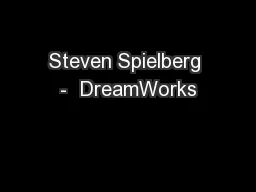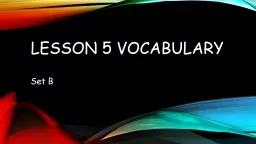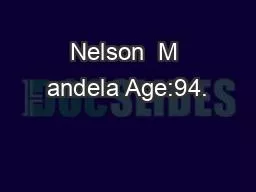PPT-Steven Sharp Nelson
Author : debby-jeon | Published Date : 2016-09-14
Myranda Larsen Salt Lake Community College Image httpiytimgcomviGefykNNEcEUmaxresdefaultjpg Biography Born in Salt Lake City Utah in 1977 Began his music tutelage
Presentation Embed Code
Download Presentation
Download Presentation The PPT/PDF document "Steven Sharp Nelson" is the property of its rightful owner. Permission is granted to download and print the materials on this website for personal, non-commercial use only, and to display it on your personal computer provided you do not modify the materials and that you retain all copyright notices contained in the materials. By downloading content from our website, you accept the terms of this agreement.
Steven Sharp Nelson: Transcript
Download Rules Of Document
"Steven Sharp Nelson"The content belongs to its owner. You may download and print it for personal use, without modification, and keep all copyright notices. By downloading, you agree to these terms.
Related Documents

